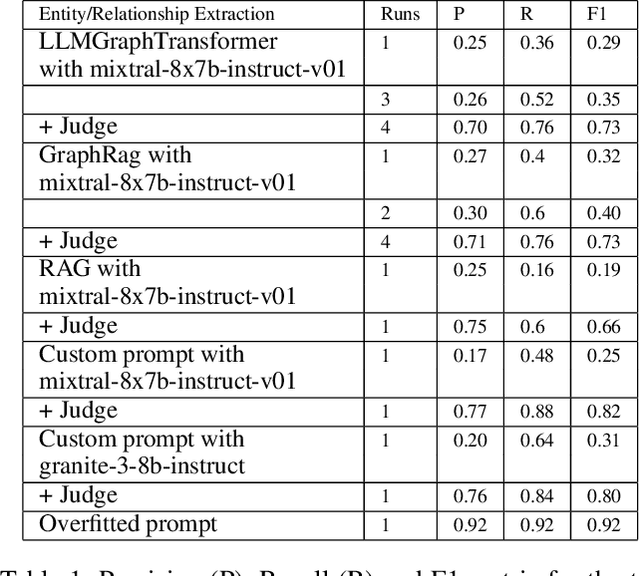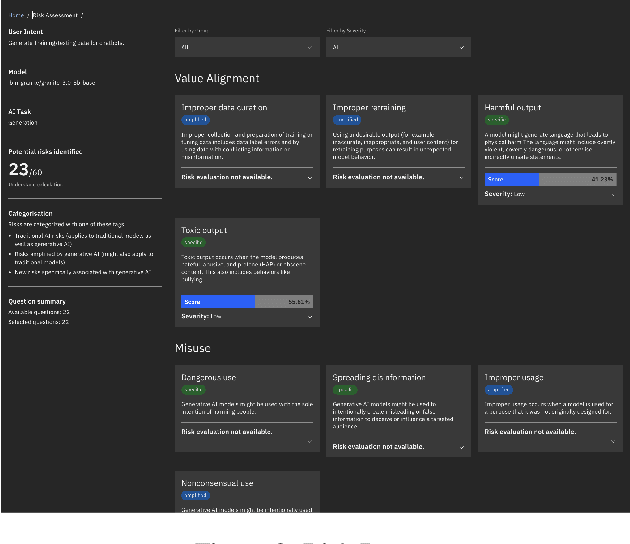Frank Bagehorn
Causal AI-based Root Cause Identification: Research to Practice at Scale
Feb 25, 2025Abstract:Modern applications are built as large, distributed systems spanning numerous modules, teams, and data centers. Despite robust engineering and recovery strategies, failures and performance issues remain inevitable, risking significant disruptions and affecting end users. Rapid and accurate root cause identification is therefore vital to ensure system reliability and maintain key service metrics. We have developed a novel causality-based Root Cause Identification (RCI) algorithm that emphasizes causation over correlation. This algorithm has been integrated into IBM Instana-bridging research to practice at scale-and is now in production use by enterprise customers. By leveraging "causal AI," Instana stands apart from typical Application Performance Management (APM) tools, pinpointing issues in near real-time. This paper highlights Instana's advanced failure diagnosis capabilities, discussing both the theoretical underpinnings and practical implementations of the RCI algorithm. Real-world examples illustrate how our causality-based approach enhances reliability and performance in today's complex system landscapes.
Usage Governance Advisor: from Intent to AI Governance
Dec 02, 2024



Abstract:Evaluating the safety of AI Systems is a pressing concern for organizations deploying them. In addition to the societal damage done by the lack of fairness of those systems, deployers are concerned about the legal repercussions and the reputational damage incurred by the use of models that are unsafe. Safety covers both what a model does; e.g., can it be used to reveal personal information from its training set, and how a model was built; e.g., was it only trained on licensed data sets. Determining the safety of an AI system requires gathering information from a wide set of heterogeneous sources including safety benchmarks and technical documentation for the set of models used in that system. In addition, responsible use is encouraged through mechanisms that advise and help the user to take mitigating actions where safety risks are detected. We present Usage Governance Advisor which creates semi-structured governance information, identifies and prioritizes risks according to the intended use case, recommends appropriate benchmarks and risk assessments and importantly proposes mitigation strategies and actions.
 Add to Chrome
Add to Chrome Add to Firefox
Add to Firefox Add to Edge
Add to Edge